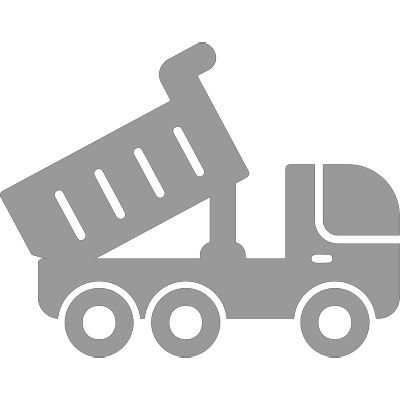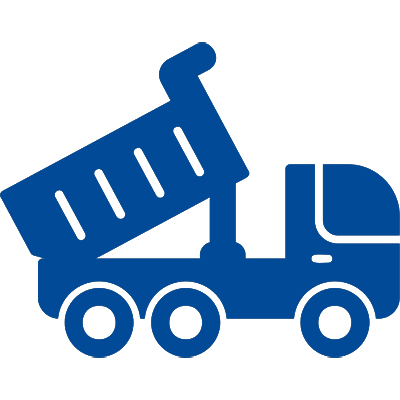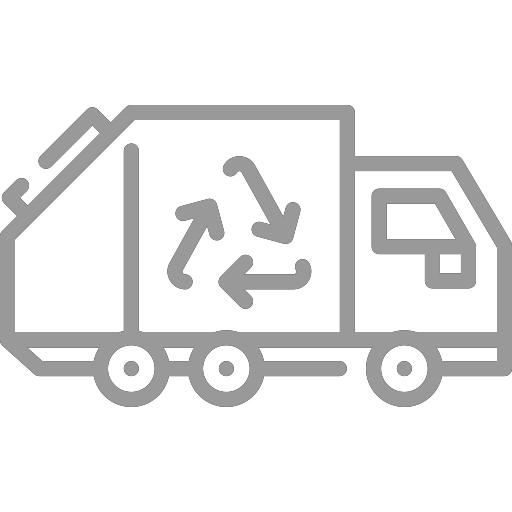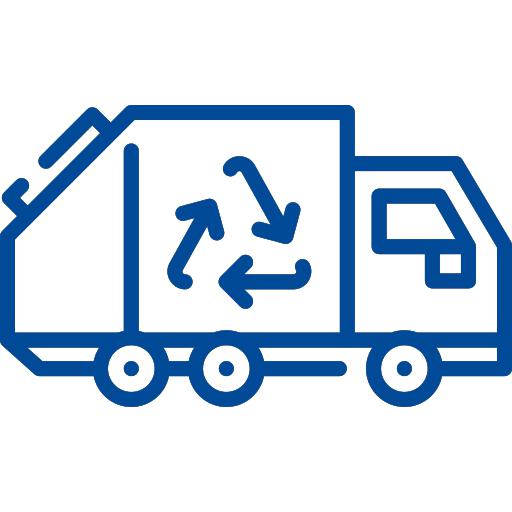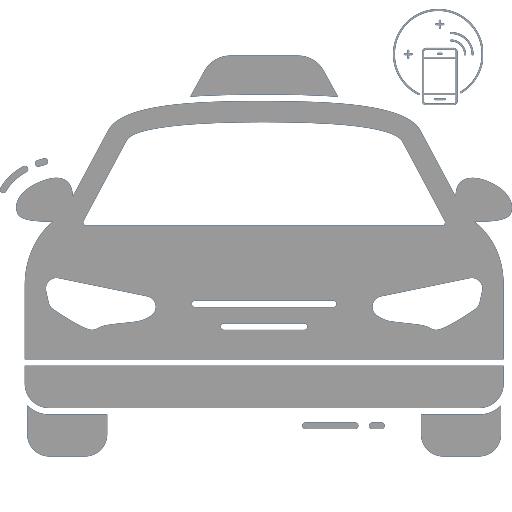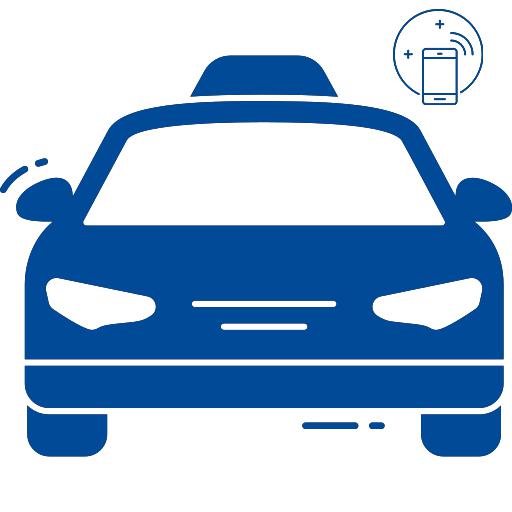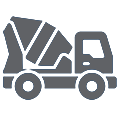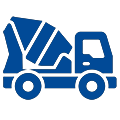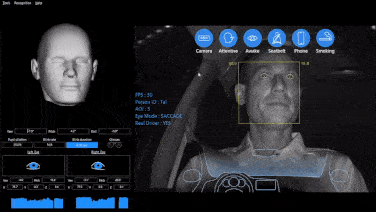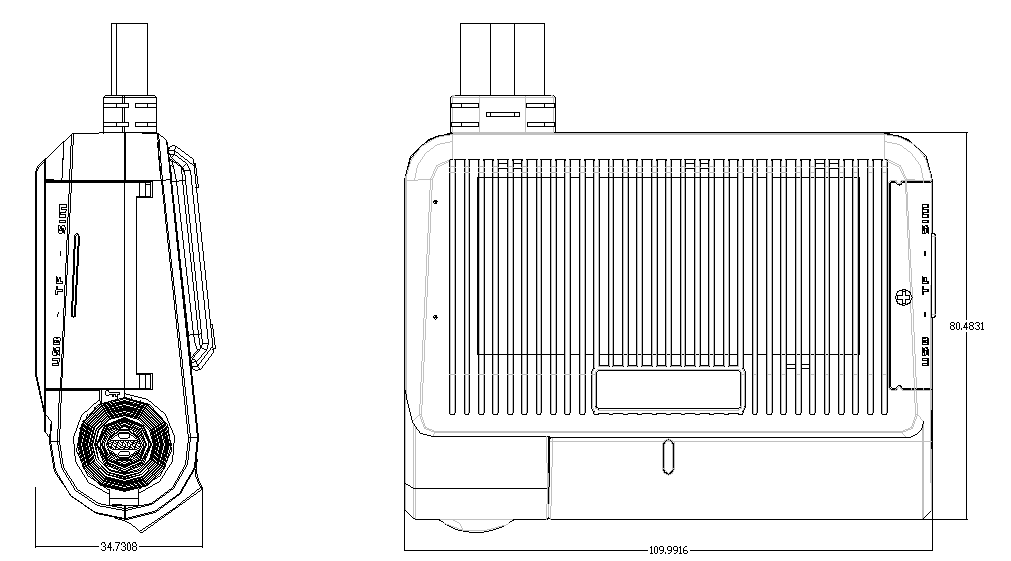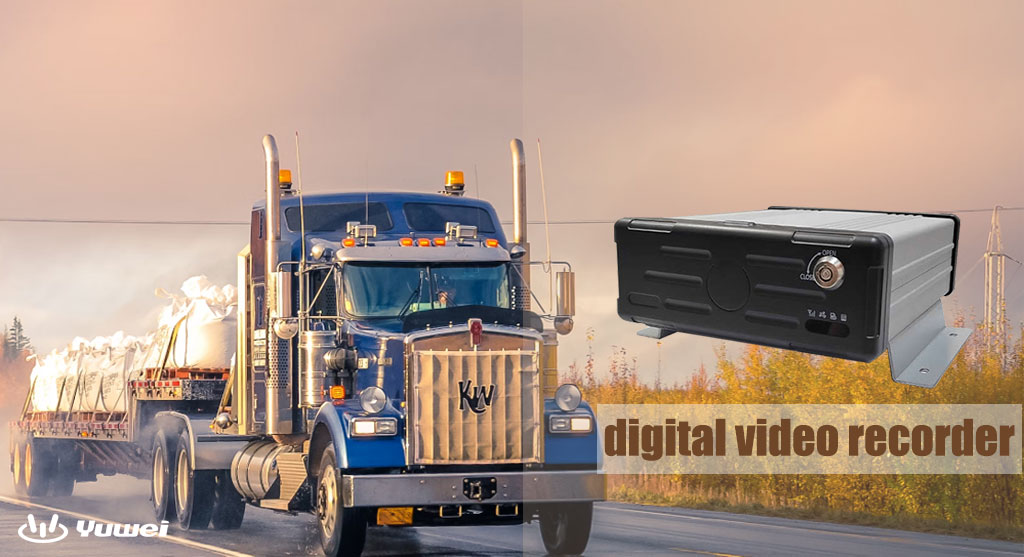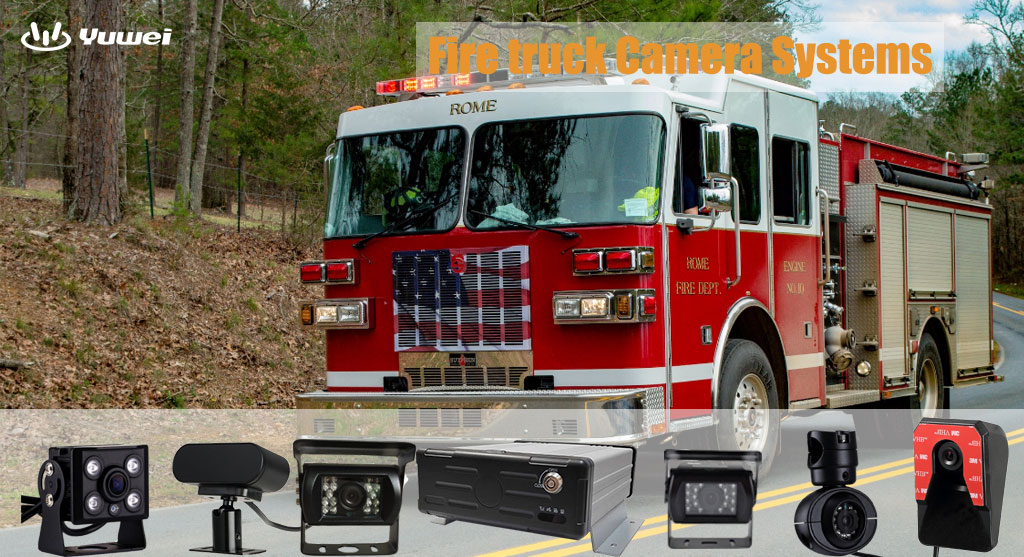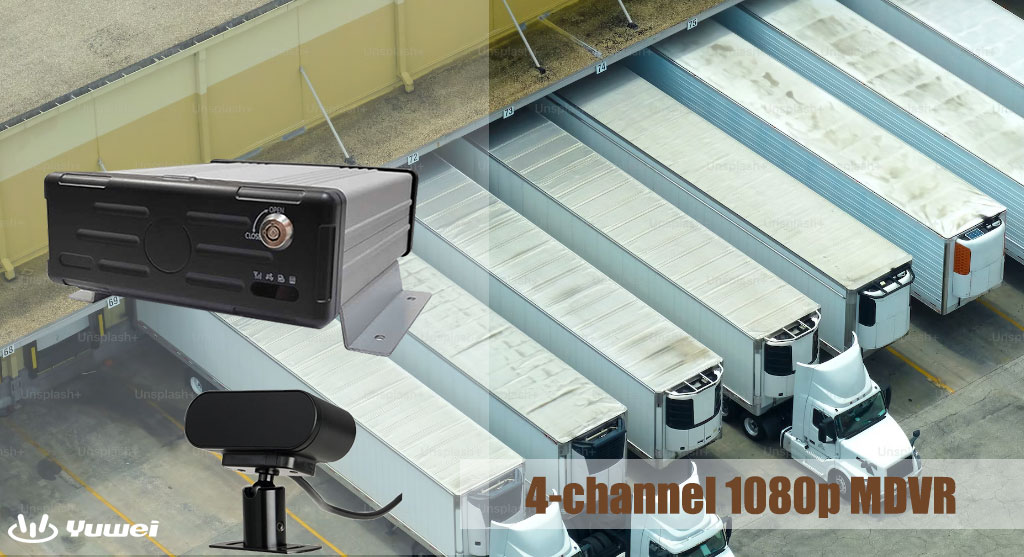Telematics Vehicle Tracking System
Telematics Vehicle Tracking System
Understanding Telematics and How It Works
Telematics is a sophisticated technology that combines GPS (Global Positioning System) and onboard diagnostics (OBD) to monitor and track vehicles, equipment, and other assets. This technology, also known as fleet tracking or GPS vehicle tracking, has become an essential tool for managing commercial and government fleets.
What is Telematics?
Imagine having a smart computer in your vehicle that monitors and reports almost every detail—from speed and idle time to fuel usage and low tire pressure. This information, known as telematics data, can help reduce vehicle maintenance costs or improve fuel efficiency by providing insights into driving habits. This is the essence of telematics technology, often referred to as GPS fleet tracking.

To track assets, a small telematics device, also known as a "black box," is inserted into the vehicle's OBD II or CAN-BUS port. The device contains a SIM card and modem that facilitate communication over cellular networks.
Telematics and GPS Fleet Tracking
Fleet telematics uses GPS technology, sensors, and vehicle engine data to collect a wide range of information, providing fleet operators with the necessary insights to manage their fleets effectively.
- GPS Technology: Allows real-time monitoring of vehicle location, speed, and movement within geofenced areas.
- Sensors: Capture driver activity data, such as rapid acceleration, harsh braking, and irregular turns. Sensors can also monitor various in-vehicle activities like door openings, tail lift operations, or even trailer temperature.
- Engine Diagnostics: Extract data directly from the onboard diagnostic system to gather real-time information on fuel efficiency and vehicle mileage, supporting digital fleet maintenance solutions.
Data is temporarily stored in the telematics device installed in each vehicle and then transmitted via private cellular networks to a secure server. This central data hub enables fleet management software to provide easy-to-understand visualizations, helping fleet managers optimize operations.
Key Hardware Components of Telematics Devices
Telematics devices comprise several critical hardware components:
- GPS Receiver
- Engine Interface
- Input/Output Interface (Expansion Port)
- SIM Card
- Accelerometer
- Buzzer
In addition to hardware, the algorithms used for GPS logging are crucial as they impact the quality and accuracy of the data.

How Telematics Functions in Vehicles
Telematics devices retrieve vehicle-generated data, such as GPS location, speed, engine light information, and fault codes. Even gravity is measured by the built-in accelerometer in the telematics device. The collected data is sent to the cloud, where it can be processed and analyzed using telematics devices and other connected hardware or sensors. This includes data on:
- Location
- Vehicle speed
- Trip distance/time
- Idle time
- Hard braking and driving behavior
- Seatbelt usage
- Fuel consumption
- Vehicle faults
- Battery voltage and other engine data
Telematics data is transmitted from the vehicle to a fleet management software portal.
How Telematics Software Works
Data collected from telematics devices is decoded and imported into fleet management software applications for visualization, reporting, and analysis. With telematics software, users can view and export reports, gaining business intelligence such as the top 10 drivers with the most speeding incidents or vehicles requiring regular maintenance.
Data analysis and machine learning offer additional ways to leverage telematics data. For example, fleets can use benchmarking to understand how their safety performance compares to similar fleets or determine if routes are optimized effectively.

Open Platform Telematics Systems
As technology evolves, telematics systems have shifted from standalone operations to open platforms. Open platform telematics systems allow companies to integrate other hardware accessories, software, and mobile applications, improving efficiency and providing deeper insights into business operations.
Popular telematics integrations include dash cams, electronic logging devices (ELD), dispatch and route optimization, mobile forms, remote diagnostics, or weather alerts.
Telematics software is used by fleets of all sizes and industries, from small businesses to large enterprises, nonprofits, and government agencies. According to Allied Market Research, the global automotive telematics market was valued at $50.4 billion in 2018 and is expected to reach $320 billion by 2026.
Industries Utilizing Fleet Telematics Software
A wide range of industries benefits from telematics software, including:
- Courier and delivery companies
- Field sales and services (e.g., HVAC, plumbing)
- Towing companies
- Freight and transportation logistics
- Construction
- Food and beverage companies
- Transportation fleets (e.g., long-haul buses, public transit, taxis)
- Oil, gas, and mining industries
- Utilities
- Police, emergency responders, and other public agencies
- Landscaping
- Waste management fleets
- Car rental and leasing companies

The Difference Between GPS Tracking and Telematics
GPS tracking is a fundamental component of telematics systems. It allows fleet managers to monitor fleet assets at any time, providing a comprehensive overview of available resources. However, telematics is much more than a simple vehicle tracker. As we've highlighted, it offers a wide array of functionalities. This versatility has made telematics the core of fleet management by enhancing vehicle tracking systems.
Telematics devices capture various data points, including:
- Vehicle location
- Geofenced areas
- Vehicle speed
- Vehicle incidents (e.g., harsh braking, acceleration, and turning)
- Vehicle diagnostics (e.g., EPM, MPG, odometer)
- Vehicle status (customizable)
- Remote vehicle inspection reports
- Panic alerts
- Job scheduling and messaging
- Electrical or sensor activity (via PTO)
- Dashboard camera footage
Furthermore, telematics systems integrate vehicle routes and maintenance schedules with driver performance, offering comprehensive solutions to the critical challenges of fleet management.

Benefits of Fleet Telematics
Telematics software assists fleet management in six core areas: productivity, safety, fleet optimization, compliance, integration, and sustainability.
- Productivity: Enhance customer service levels using real-time GPS tracking, trip reporting, and scheduling and route planning tools.
- Safety: Improve safety through in-vehicle driver training, risk and driver behavior reporting, collision notifications and reconstruction, and the ability to locate stolen vehicles.
- Fleet Optimization: Simplify vehicle maintenance with predictive maintenance capabilities and remote diagnostics, and streamline fuel management by tracking idle time and other fuel-consuming habits.
- Compliance: Manage electronic records and hours of service, IFTA reporting, and vehicle inspections.
- Integration: Combine other software systems with telematics, such as in-vehicle camera technology or CRM software, and even build new applications.
- Sustainability: Reduce the fleet's environmental impact and carbon emissions, and manage electric vehicles.
In the realm of insurance telematics, if a vehicle owner can demonstrate safe driving habits, they can share safety data with insurance companies to help reduce premium costs. Telematics devices in vehicles can help insurers better assess a driver's risk level.
Another increasingly popular area is improving vehicle security by integrating identification sensors into vehicles, allowing fleets to verify driver identity before starting the vehicle.
Email:hello@yuweitek.com















